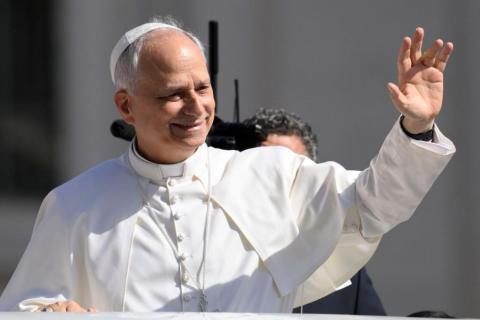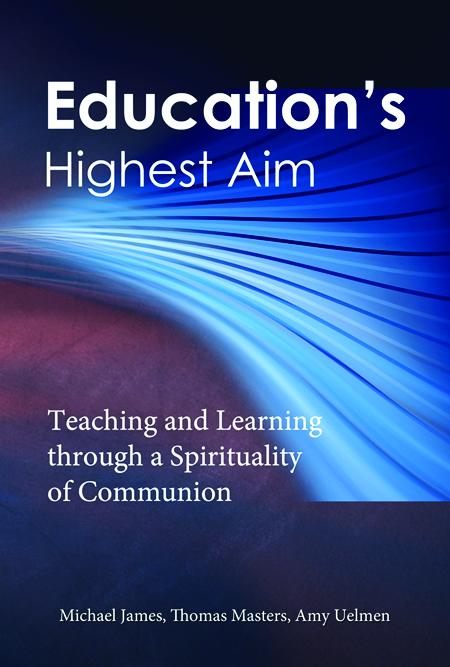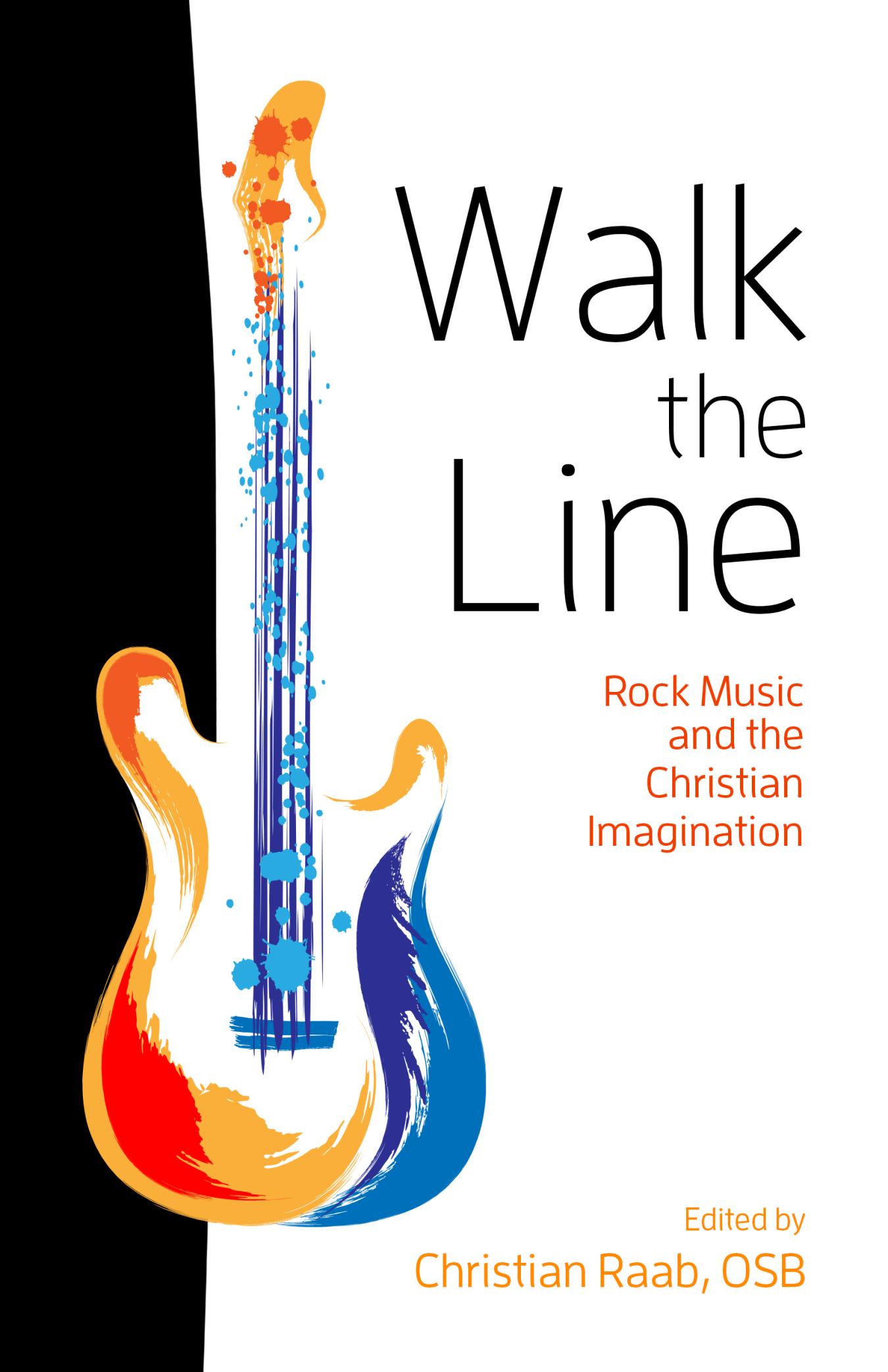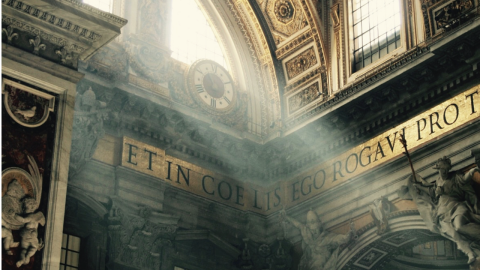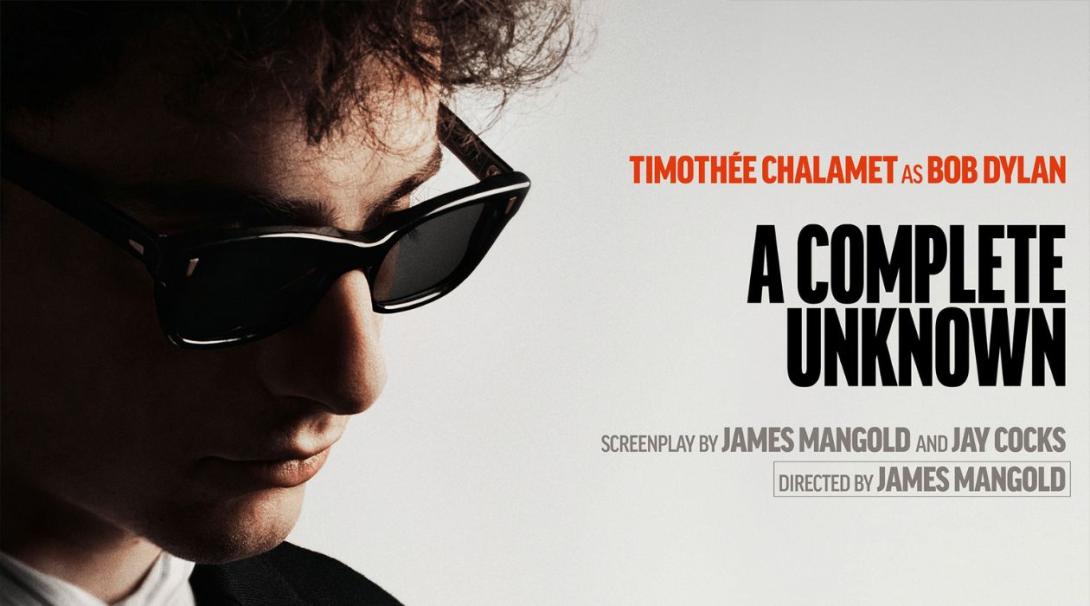
A Complete Unknown
Director James Mangold’s A Complete Unknown, a movie about the early stages of Bob Dylan’s epic musical journey, has outperformed expectations both artistically and commercially. It’s worth exploring the elements of the movie’s success and the richness of its themes.
Movies, more than most other art forms, like paintings or books, often struggle to maintain an inner coherence because there are so many different contributors. To transfer an idea from script to director to actor through digital production and to the screen while maintaining a singular vision is the great challenge of modern film. But not this one.
Beginning with an extraordinary opening ten minutes, A Complete Unknown feels like one compelling vision, in part because Mangold not only directed, but was the lead writer as well. He took an early partial script by Jay Cocks and transformed it to his own vision, which he then carried forward as the director. This goes a long way toward explaining how the movie is able to weave so many legendary characters—Woody Guthrie, Pete Seeger, Joan Baez, and of course Dylan—living in a time of extraordinary cultural upheaval—the film covers the years 1961–1965—into one cohesive story.
A film written and directed by the same person still depends on a cast able to execute the singular vision, and here again A Complete Unknown benefitted from unique circumstances. In numerous interviews about the movie, the young phenom Timothy Chalamet, whose portrayal of Dylan is stunningly authentic, has pointed to the impact that the Covid virus had on the project’s development. Because of the many delays caused by the pandemic, Chalamet had an unusual amount of time to deeply study his subject, to discern the many layers of his character’s life and artistic expression.
America’s historical amnesia is notorious and overcoming it to convey a vital story required actors committed more to their characters than to their own celebrity profiles.
What emerges from the blending of Mangold’s script and Chalamet’s portrayal is a fully occupied Bob Dylan. Rather than an actor trying to mimic a notoriously complex historical person, we have a sense of Dylan from the inside out, a Dylan who never forgets that his real name is Robert Zimmerman from the high country of Minnesota aching to achieve in the heady context of 1960s Greenwich Village. The moments in the film when the singer-songwriter’s true identity are hinted at—such as when a girlfriend sees a postal worker hand Dylan a package addressed to Zimmerman—are portrayed with such subtlety by Chalamet that the sixty-year gap between event and screen feel washed away. We’re simply watching a twenty-year-old struggle to really know who he is. Out of this depth, writer, director, and actor all combine to reveal to the audience how someone so young might have written a song of such depth as “Blowing in the Wind.”
More than most biopics about musicians, Mangold’s A Complete Unknown aims not just to tell the story of a life, but to explore a musical tradition, folk music, and its contribution to a period of time—the Sixties—so often caricatured by its excesses instead of its powerful origins. In telling this kind of cultural history in a mass appeal movie Mangold relied on a wider cast of other talented character actors. The two most important real-life figures to be portrayed are Joan Baez and Pete Seeger, acted by Monica Barbaro and Edward Norton.
In keeping with the historical research undergirding the film, it’s Dylan’s relationship with Seeger that is most important and also the most complicated. That Mangold is able to pull it off in such a way that we feel the multiple tensions between the older Seeger and the younger Dylan transports the film to the level of cultural history and puts us all in debt to Ed Norton for his humble work as Pete Seeger. In interviews, Norton has described the film as the most important of his storied career and he clearly brought to it a profound awareness of the historical context.
America’s historical amnesia is notorious and overcoming it to convey a vital story required actors more committed to their characters than to their own celebrity profiles. Norton clearly rose to the challenge and gave us a rare look at a man in full—family, career, friendship, pride, citizenship all emerge in his Seeger.
This movie gives us reason to view Dylan as flawed, but not corrupted, the “absolute best” songwriter in the English language.
As if the story of Seeger and Dylan were not enough, the origin story of Dylan is also deeply wrapped up in that of another cultural giant, Joan Baez, and Mangold dares to step fully into the mythical relationship between the two. I have to admit that in my first viewing of the film, Barbaro’s portrayal of Baez did not grip me in the way that Norton’s Seeger did. But a second viewing revealed layers I’d missed. The film accomplishes so much that it is hard to take it all in in one viewing.
Of all the historical characters portrayed, only Baez and Dylan are still alive, and the years allow each to appreciate more of the dimensions of the other. Dylan’s treatment of women over the years has served to substantiate Baez’s judgments of the young Dylan as “an asshole” (one of the few funny lines in the movie), but Dylan’s profound legacy has also given Baez a deeper appreciation for him.
In an interview, I recently saw Baez recall an epiphany that came to her as she was doing a painting of Dylan: “I put his music on and any remaining resentment literally evaporated like a gift from heaven. It was only then that I could be grateful for having been his friend, for having had access to his music, for having been a part of those wild years. And so that is exactly how I am right now. There is nothing negative left at all. He gave us the absolute best.”
This movie, too, gives us reason to view Dylan as flawed, but not corrupted, the “absolute best” songwriter in the English language.
In 2016, Dylan became the first songwriter to receive the Nobel Prize for Literature. It was a stunning decision, one even Dylan seems to have wondered if he deserved, but it spoke to his impact on the English language and explains why a movie exploring his emergence would be made. Dylan has made fifty-five albums, written more than 600 songs, and continues to tour and create new music even at the age of eighty-three.
Many documentaries and feature films have been made on his life, but A Complete Unknown is the first Hollywood film to singularly focus on the origin story. I think it was a wise choice to limit the scope. It gives the movie a tighter focus, and more importantly, it allows us to visit a time of cultural upheaval at a moment when America is again feeling shaken. A Complete Unknown can help us discern these times “that are a-changin’” with greater joy, care, and wisdom.
A Complete Unknown is now available to stream and is appropriate for ages 16 and up. It was nominated for numerous Academy Awards but won none, though like its subject the movie seems likely to stand up better over time than many that did win. It reached as high as a movie can reach, but also be sure to read the book that it is loosely based on: Dylan Goes Electric: Newport, Seeger, Dylan, and the Night that Split the Sixties, by Elijah Wald.




